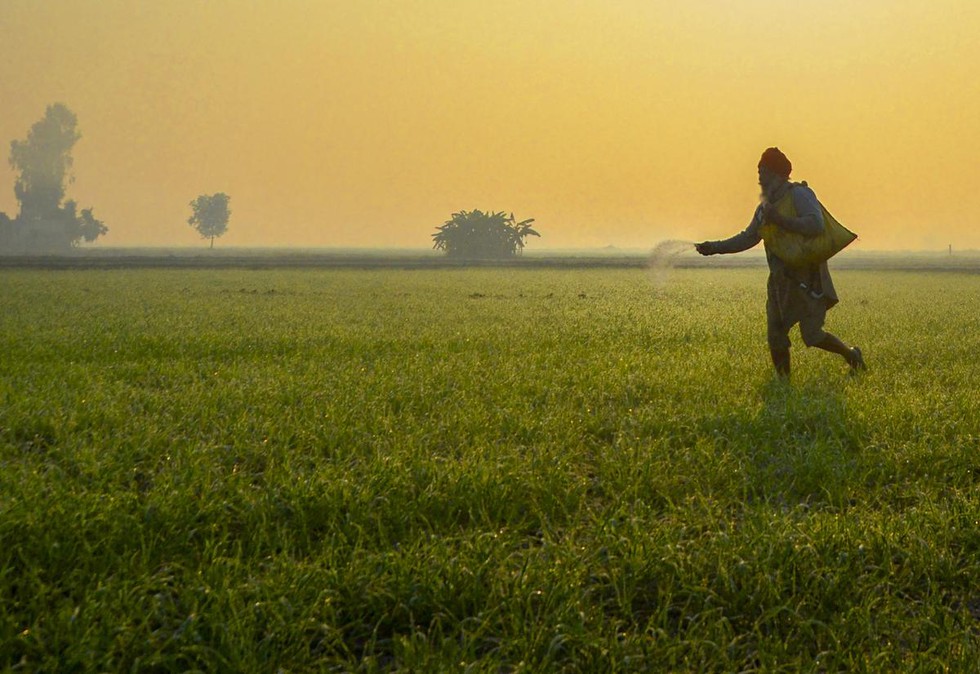
About:
- Farmers have sown rabi crops in over 70 per cent of the 633.80 lakh hectares (lh) of the normal area so far, some 6 per cent higher from the year-ago period.
- Higher acreage and potentially conducive weather throughout the season may help the country to have another year of bumper harvest.
- The total rabi acreage is 450.61 lh as of December 2 against 423.52 lh in the corresponding period a year ago.
- Wheat, the key winter-grown cereal, has been planted on 211.62 lh against 200.85 lh, up 5.4 per cent.
- The absolute increase in area under wheat from the year-ago level has narrowed down for the first time after rising almost every week since the beginning of the sowing season.
- Many parts of north-west India, the key producing region of wheat, mustard and chana (gram), may see a warmer winter season primarily due to likely subdued activity of western disturbances.
- The area under winter paddy has increased to 10.62 lh from 9.53 lh while coarse cereals acreage is up at 32.63 lh from 29.02 lh.

About:
- PM-DAKSH (Pradhan Mantri Dakshta Aur Kushalta Sampann Hitgrahi) Yojana was launched by the Ministry of Social Justice & Empowerment (MoSJ&E) in 2020-21.
- It is a National Action Plan for skilling marginalized persons covering SCs, OBCs, EBCs, DNTs, Sanitation workers including waste pickers.
Objective:
- The main objective of the PM-DAKSH Yojana is to increase the skill levels of the target youth by providing them short term and long term skills, followed by assistance in wage/self-employment.
Target Group:
- It aims to improve all-round competency of 2.7 lakh persons, over the next 5 years, beginning with nearly 0.5 lakh youth in the first year i.e. 2021-22, from the following sections of the target group:
- Artisans- who may be able to improve their revenue generation capacities within their practicing vocations;
- Women- who may be able to enter into self-employment and financially empower themselves without neglecting their domestic activities; and
- Youth- who may acquire long-term training and specialization in employable vocations and gain a better standing in the job market.
Eligibility:
- Candidates of age group 18-45 yearsbelonging to any of the following categories can apply for the training programme under PM-DAKSH:
- Persons belonging to Scheduled Castes.
- Other Backward Classes (OBCs) having annual family income below Rs. 3 lakh.
- Economically Backward Classes (EBCs) having annual family income below Rs. 1 lakh.
- De-Notified, Nomadic and Semi-Nomadic Tribe (DNT).
- Safai Karamcharis (including waste pickers) and their dependants.

About:
- According to RBI, such framework is needed to balance the spirit of mutuality and co-operation more prevalent in banks of smaller sizes and those with limited area of operation vis-a-vis the growth ambitions of the large-sized UCBs and undertake more complex business activities.
- Based on size of deposits of the UCBs, the four-tiered regulatory framework will come into force with immediate effect.
- The extant regulatory framework classifies UCBs into two tiers – Tier I and Tier II.
- The RBI has categorised all unit UCBs and salary earners' UCBs (irrespective of deposit size), and all other UCBs having deposits up to ₹100 crore in Tier 1.
- In Tier 2, it has placed UCBs with deposits more than ₹100 crore and up to ₹1,000 crore.
- Tier 3 will cover banks with deposits more than ₹1,000 crore and up to ₹10,000 crore.
- UCBs with deposits more than ₹10,000 crore have been categorised in Tier 4.
- Net worth and capital adequacy:
- RBI also has come out with norms pertaining to the net worth and capital adequacy of these banks.
- Tier 1 UCBs operating in a single district should have minimum net worth of ₹2 crore.
- For all other UCBs (in Tier 1, 2 and 3) tiers), the minimum net worth should be ₹5 crore.
- The UCBs, which currently do not meet the revised minimum net worth requirement, will have to achieve the minimum net worth of ₹2 crore or ₹5 crore (as applicable) in a phased manner.
- Minimum capital to risk weighted assets ratio:
- The central bank also prescribed minimum capital to risk weighted assets ratio requirement for UCBs.
- Tier 1 UCBs have to maintain a minimum capital to risk weighted assets ratio of 9 per cent of Risk Weighted Assets (RWAs) on an ongoing basis.
- Tier 2 to 4 UCBs have to maintain a minimum capital to risk weighted assets of 12 per cent of RWAs on an ongoing basis.

About:
- The B-21 Raider will employ cutting-edge stealth technologies to carry out nuclear missions and long-range bombing.
- Each aircraft costing about $2 billion or Rs 1624 Crore to be built.
- The B-21 Raider will be a subsonic aircraft.
- Speed: Average of 563 miles per hour.
- The B-21 Raider, which takes its name from the 1942 Doolittle Raid over Tokyo, will be slightly smaller than the B-2 to increase its range.
- Other changes likely include advanced materials used in coatings to make the bomber harder to detect, new ways to control electronic emissions.
- So the bomber could spoof adversary radars and disguise itself as another object, and use of new propulsion technologies.
Modernisation:
- The bomber is part of the Pentagon's efforts to modernise all three legs of its nuclear triad, which includes silo-launched nuclear ballistic missiles and submarine-launched warheads, as it shifts from the counterterrorism campaigns of recent decades to meet China's rapid military modernisation.
- The U.S Air Force plans to build 100 that can deploy either nuclear weapons or conventional bombs and can be used with or without a human crew.
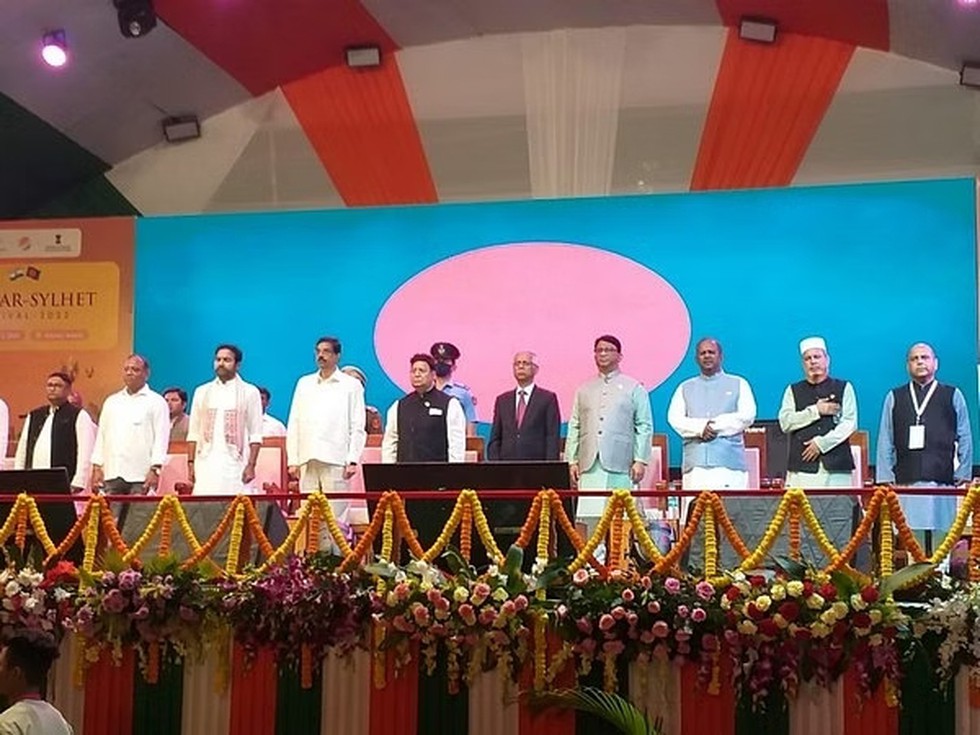
About:
- Southern Assam’s Silchar town is hosting the two-day Silchar-Sylhet Festival that coincides with the 75th year of India’s independence and the 50th anniversary of the liberation of Bangladesh from Pakistan.
- It is organised by the India Foundation.
- The festival underlines the commonalities between India and Bangladesh, specifically the Sylheti variant of the Bengali language and the Sylheti culture.
- The festival will showcase tribal culture, cuisine, arts, crafts and local produce, entertainment and bring together eminent people from both sides to discuss and deliberate on issues of mutual growth and opportunity.

About:
- The site is located along the coast and is about 20 km northeast of Visakhapatnam city and about 4 km southwest of Bheemunipatnam.
- This site, spread across an area of about 20 sq km, was declared as a geo-heritage site by the Geological Survey of India (GSI) in 2014 and the Andhra Pradesh government has listed it under the category of ‘protected sites’ in 2016.
- This site needs to be protected to study the impact of climate change, as Erra Matti Dibbalu have seen both the glacial and the warm periods.
- The site is probably about 18,500 to 20,000 years old and it can be related to the last glacial period.
Distribution:
- Such sand deposits are rare and have been reported only from three places in the tropical regions in south Asia such as Teri Sands in Tamil Nadu, Erra Matti Dibbalu in Visakhapatnam and one more site in Sri Lanka.
- They do not occur in equatorial regions or temperate regions due to many scientific reasons.
Significance:
- The uniqueness of this site is that the red sediments are a part of the continuation of the evolution of the earth and represent the late quaternary geologic age.
- With a height of up to 30 m, they exhibit badland topography with different geomorphic landforms and features, including gullies, sand dunes, buried channels, beach ridges, paired terraces, the valley in the valley, wave-cut terrace, knick point and waterfalls.
- It is a lively scientific evolution site, which depicts the real-time effects of climate change.
- The site also has archaeological significance, as studies of artefacts indicate an Upper Palaeolithic horizon and on cross dating assigned to Late Pleistocene epoch, which is 20,000 BC.
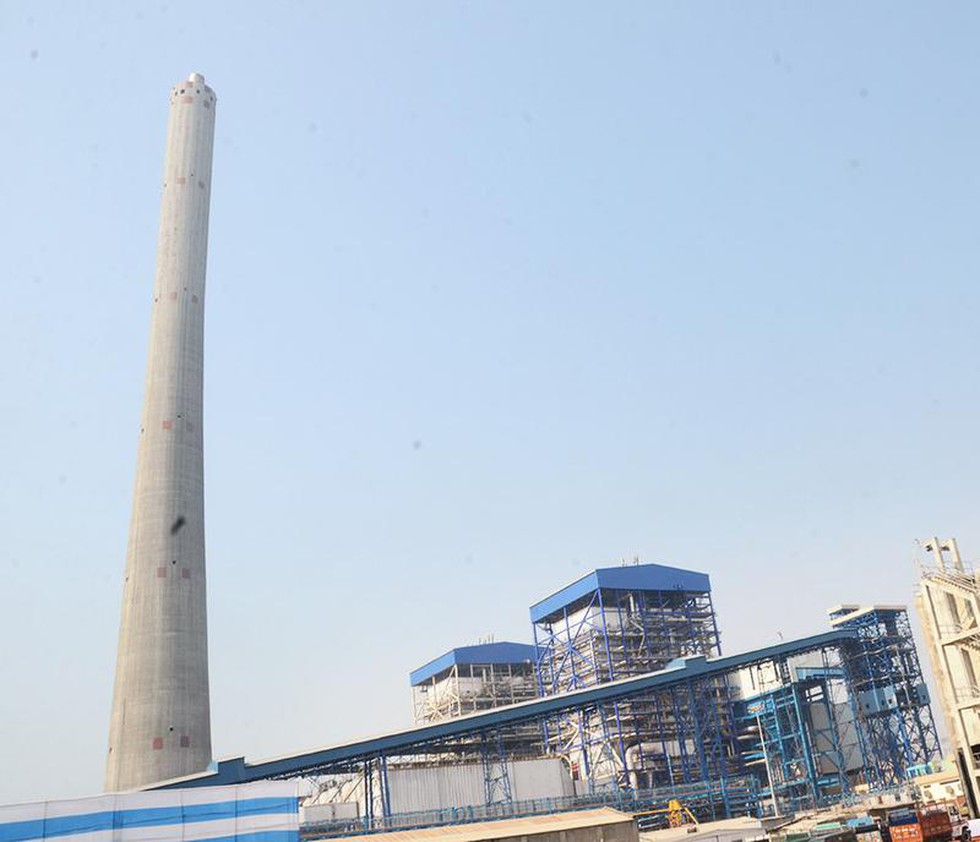
About:
- It is a technology to eliminate sulphur compounds from exhaust emissions.
- This is done through the addition of absorbents, which can remove up to 95% of the sulphur dioxide from the flue gas.
- Flue gas is the emitted material produced when fossil fuels such as coal, oil, natural gas, or wood are burned for heat or power.
India’s Emission Norms:
- India’s first emission norms for control of sulphur dioxide, nitrogen oxide, and mercury from coal-fired power plants were notified in December 2015 and since then the deadline for installation of pollution control equipment has been extended three times by the Ministry of Environment, Forest and Climate Change.
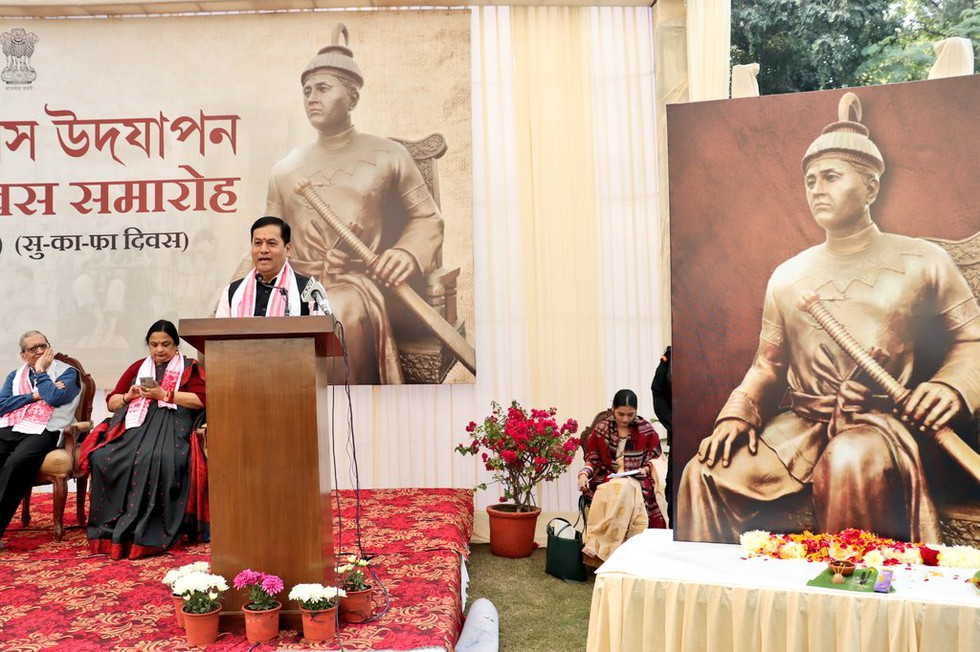
About:
- The Assam day is also known as "Sukapha Diwas" in honour of the founder of the Ahom kingdom.
- He was a 13th-century ruler who founded the Ahom kingdom that ruled Assam for six centuries.
- It was in Charaideo that Sukapha established his first small principality, sowing the seeds of further expansion of the Ahom kingdom.
Why is Sukapha important?
- Sukapha’s significance lies in his successful efforts towards assimilation of different communities and tribes.
- He is widely referred to as the architect of “Bor Asom” or “greater Assam”.
- Sukapha developed very amiable relationships with the tribal communities living in Assam — especially the Sutias, the Morans and the Kacharis.
- Intermarriage also increased assimilation processes.
Ahoms:
- The founders of the Ahom kingdom had their own language and followed their own religion. Over the centuries, the Ahoms accepted the Hindu religion and the Assamese language.
- Today, the Ahom community is estimated to number between 4 million and 5 million.
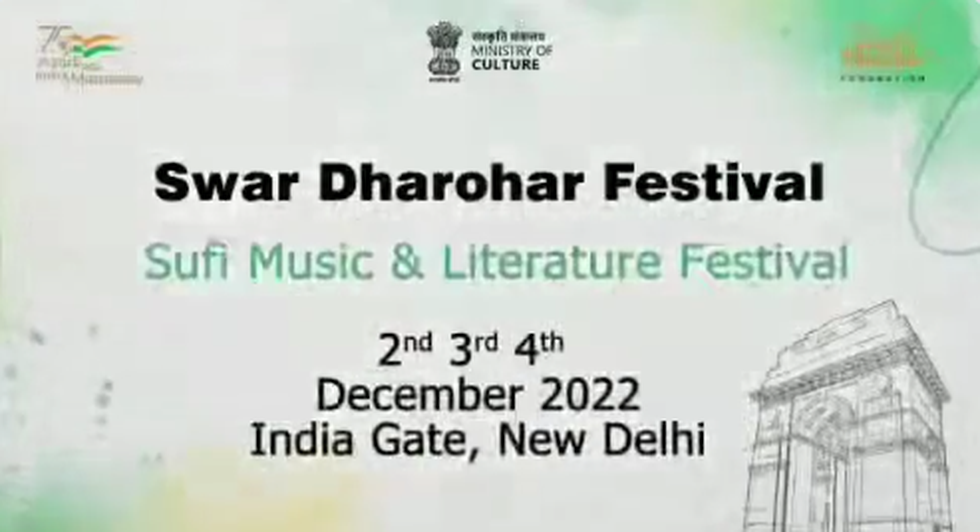
About:
- The festival aims at showcasing the iconic art, culture and heritage of the country.
- It is organised by Ministry of Culture, Government of India in collaboration with “Swar Dharohar Foundation.
- The program will facilitate the upcoming local artists to perform with renowned artists on the same platform.
- The national, as well as local poets, will also exhibit their artistry through Kavi Sammelan.

About:
- International Day of People with Disabilities (IDPWD) is a United Nations sanctioned day celebrated internationally on 3 December each year.
- The annual observance of the International Day of Disabled Persons was proclaimed in 1992 by United Nations General Assembly resolution 47/3.
- Its objective is to promote the rights and well-being of persons with disabilities in all spheres of society and development and to increase awareness.
Definition of disability in India:
- Until the 2011 census, the questionnaire to identify people with disabilities, included questions on seven kinds of disabilities.
- This list of disabilities was expanded to 21 when the Rights of People with Disabilities Act, 2016 was introduced.
National Awards for the Empowerment of Persons with Disabilities for the year 2021 and 2022:
- It is being organized by the Ministry of Social Justice and Empowerment.
- The Ministry confers these Awards for outstanding achievements and work done towards the empowerment of Persons with Disabilities every year.
- The National Awards for the Empowerment of Persons with Disabilities for the year 2021 and 2022, are being given under various categories including Sarvshresth Divyangjan, Shresth Divyangjan and Shresth Divyang Bal/Balika.





























































































































































.png)
.png)
.png)
.png)
.png)


.png)
.png)
.png)





.png)
.png)






.png)
.png)
.png)
.png)
.png)
.png)
.png)
.png)
.png)

.png)







.png)
.png)


.png)
.png)
.png)


.png)

.png)
.png)





.jpg)

.png)
.png)


.png)

.png)
.png)
.png)

.jpg)

.jpg)


.png)

.png)
.png)
.png)
.png)
.png)
.png)
.png)
.png)
.png)
.png)




.png)

.png)





.png)
.png)
.png)
.png)
.png)
.png)
.png)
.png)
.png)
.png)
.jpg)
.jpg)

.png)
.png)
.png)
.png)
.png)
.png)
.png)
.png)
.png)
.png)
.png)
.png)
.png)
.png)
.png)
.png)
.png)
.png)
.png)
.png)
.png)
.png)



.png)
.png)

.jpg)
.jpg)


.jpg)
.jpg)
.jpg)
.jpg)
.jpg)

.jpg)








.jpg)
.jpg)
.jpg)
.jpg)
.jpg)

















.jpg)
.jpg)







.jpg)


















.jpg)
.jpg)



























































































.jpg)
.jpg)


























.jpg)

.jpg)










.jpg)








.jpg)




.jpg)










.jpg)


















.jpg)












































.jpg)














.jpg)
.jpg)
.jpg)





.jpg)

.jpg)
.jpg)





































































.jpg)


































.jpg)
.jpg)
















































.jpg)












.jpg)


.jpg)




.jpg)
.jpg)
.jpg)

.jpg)
.jpg)
.jpg)
.jpg)

.jpg)
.jpg)
.jpg)

.jpg)
.jpg)
.jpg)
.jpg)
.jpg)
.jpg)
.jpg)
.jpg)

.jpg)


.jpg)
.jpg)
.jpg)
.jpg)
.jpg)
.jpg)
.jpg)
.jpg)
.jpg)
.jpg)











.jpg)
.jpg)





.jpg)
.jpg)
.jpg)
























.jpg)
























.jpg)









.jpg)
.jpg)







.jpg)
.jpg)









































.jpg)
.jpg)
.jpg)
.jpg)
.jpg)

.jpg)
.jpg)
.jpg)
.jpg)
.jpg)


.jpg)
.jpg)
.jpg)
.jpg)
.jpg)

.jpg)
.jpg)
.jpg)
.jpg)
.jpg)
.jpg)
.jpg)
.jpg)
.jpg)
.jpg)
.png)

.png)
.png)

.png)
.png)
.png)
.png)


.jpg)
.jpg)

.jpg)
.jpg)
.jpg)

.png)
.png)
.png)
.png)
.png)
.png)
.png)

.png)
.png)
.png)
.png)
.png)
.png)
.png)
.png)
.png)
.png)





































































-min.png)



.png)




.png)








































